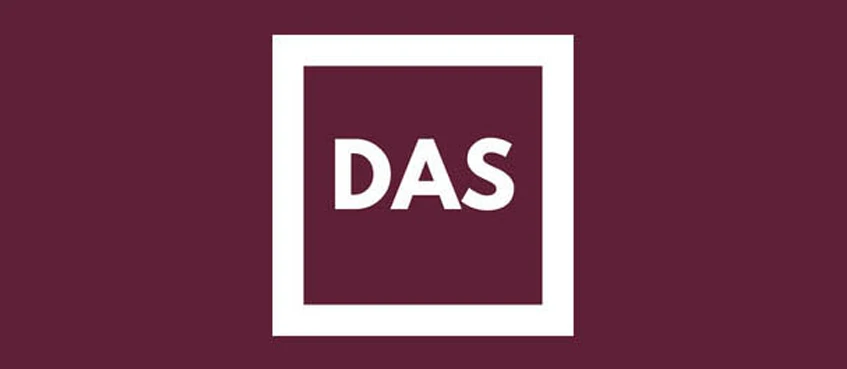May 17, 2018 | Rob Hirschberg
Distributed Antenna Systems: Different Types & Applications
News Alerts & Updates
Join our email newsletter for industry trends, best practices, company news, & more.

Share
As more people use their cell phones indoors, increased in-building coverage is needed to take stress off of the area towers and increase capacity. Antenna systems placed indoors are known as DAS (Distributed Antenna Systems). Below are a few different ways to bring the cellular signal indoors.
Repeater (BDA)
A Repeater (BDA) is a relatively simple system comprised of an outdoor donor antenna and a network of indoor antennas placed throughout a building. This system increases coverage but does not increase capacity. Simply put, the outdoor signal from the local tower is brought indoors so that dead spots can be eliminated. This allows users to receive a higher signal strength but “robs” capacity from the local tower. This is the least expensive type of DAS and is known as a “passive” system.
Small Cell
A Small Cell system is similar to the above, it has the same network of indoor antennas, but antennas will be supported by a “mini cell (site)”. A Small, or mini, cell is a miniature cell site that can be placed in a closet or relay rack. This cell works much the same way that a cell tower works but thanks to shrinking technology and lower costs this system can be installed for substantially less money than a full cell tower. Like a cell tower this system will require a Telco backhaul i.e. fiber or T-1. This backhaul will be provided by a local phone company, fiber company or the cell provider. This backhaul makes the cost of operating a small cell greater than that of a Repeater. This system increases coverage and it increases capacity since it is a stand-alone system and takes nothing from the local towers. Typically, a small cell can provide service to about 100 users.
BTS
A BTS is almost identical to a “Small Cell” system but a BTS utilizes the same base station equipment as a cell tower. DAS systems in large venues like stadiums, hospitals or campuses may have multiple BTS to increase capacity. These systems require large head ends and are the most expensive and complex DAS systems but can support an unlimited number of antennas.
Femtocell
Femtocells increase capacity and coverage but are very small and low powered. Typically, they can service less than 10 users. Femtocells are independent from the local towers but do not require a dedicated back-haul. Femtocells use a local internet connection to back haul data to the carrier. This is the lowest cost option for increasing indoor cell coverage. These femtocells are similar in size and complexity to a Wi-Fi router. Very simple to install.
Bringing DAS indoors is becoming more prevalent as cell phone users desire to stay connected at all times. The many different types of DAS mentioned above can be used to increase in-building cell coverage.
Alpine Power Systems has over a decade of experience deploying DAS, with over 200+ projects successfully completed. For more information on DAS please contact Alpine at 877-993-8855 or email us at connect@alpinepowersystems.com
Explore More Telecom Articles



